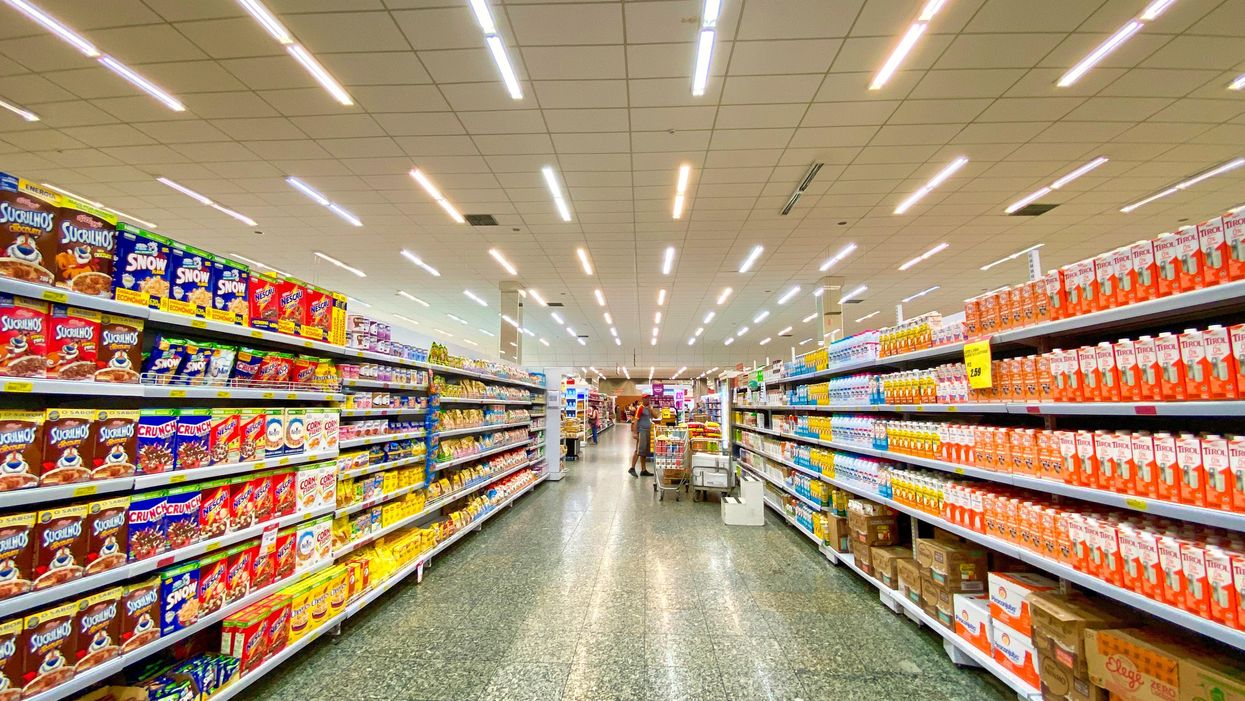Each business is different, but many are facing the same challenges these days.
The combination of the pandemic, supply chain delays, inflation, the war in Ukraine and slowdowns in China are all adding up to create an environment of rising costs and price increases. Change in consumer behavior is starting to emerge as a result.
Here’s a look at how executives at global consumer goods companies and retailers observed these dynamics playing out on earnings calls with analysts to recap the second quarter:
Costs are continuing to rise
Inflation is mostly measured through the prices that shoppers pay for goods, but the dynamic starts earlier in the chain. Consumer goods companies are encountering inflation in the process of producing and moving goods to retail destinations. This is borne out in the rising costs of raw materials, transportation and fuel.
"This has been a year of extraordinary supply chain challenges and input cost inflation," said Nestle CEO Mark Schneider. "The situation was difficult before, but the war in Ukraine brought this to a whole new and unforeseen level, in particular for the food industry."
Companies said these costs are continuing to rise. Unilever expects the highest point to be reached in the second half of the year.
“Input cost inflation continues to run at record levels,” said Alan Jope, CEO of Unilever. “…Costs are still significantly up versus a year ago. And even though a few commodity spot prices have eased in recent weeks, we're likely to see peak cost inflation sometime in the second half of the year.”
The balancing act of price increases
Facing these higher costs, companies are passing through price increases to consumers. Many reported big increases in prices when compared to the same quarter a year ago.
Businesses must balance a number of factors when it comes to raising prices. They must consider the prices at which consumers are willing to continue to buy. Short-term strategies like promotions and adjustments to packaging can help. It’s also a time when brand-building and product development conducted over the long haul will pay off.
“We aim at striking the right balance between margin protection and volume growth. The strength of our brands, product differentiation and leading market positions enhances our ability to pass through this pricing,” said François-Xavier Roger, CFO of Nestle.
Businesses also want to protect margins, and retain funds to continue investing in further development of their brands. At the same time, it’s important to be mindful of other companies that are making similar adjustments.
“We will keep driving our prices where we think it is to protect our business, but we will do it also in a way that is protecting our competitiveness, because you don't want to price yourself out of the market,” said Antoine de Saint-Affrique, CEO of Danone.
When the world is changing, the ability to draw from a playbook and act quickly becomes an advantage.
“We have a playbook, which has been fine-tuned in high-inflation markets over the years. It starts with precision pricing taken quickly and single-mindedly to protect the shape of the P&L and retain our ability to invest behind our brands,” said Unilever’s Jope. “This is the correct strategy even if it results in low single-digit volume declines in the short term.”
From a strategic perspective, it's necessary to consider how much change is required in the short-term.
"We believe this is a rough patch to grow through, not a reason to reduce investment in the long-term health of the business," said P&G CEO Jon Moeller. "We're doubling down on the strategy that has been working well and delivering strong results."
Consumers are starting to change behavior
For shoppers, inflation creates challenges on two levels: Prices go up at a time when they have fewer discretionary funds, and may want to pull back on spending.
The signals being sent by leading companies indicates consumer behavior is shifting as a result of these dynamics. Walmart’s profit warning last week characterized the pattern as a shift to more spending on food and fuel, and away from general merchandise. In issuing a cut to its own profit outlook, Adidas cited a “potential slowdown of consumer spending,” though the apparel company noted it has yet to see this play out yet.
For its part, Amazon is not seeing any inflation-inflected change in behavior at this time.
“We have not seen anything yet,” CFO Brian Olsavsky said. “We saw demand increase during the quarter and we had a very strong June.”
Still, companies are closely monitoring consumer behavior. This includes not only what products they buy, but where they decide to shop and what activities they are undertaking.
“Over the past several months, we have seen many consumers begin to cut back on discretionary spending, including eating out less at restaurants,” said Michele Buck, CEO of Hershey. “As consumers spend more time and consume more at home, grocery purchases have remained strong.”
The effects of inflation are not monolithic. Snacks-focused Mondelez International sees trends toward eating at home favoring its chocolate and biscuits.
“Although we may see a more mixed consumer sentiment in the near term, given the macro environment, we expect the consumers to consume more at home and be more selective in the brands they buy,” said CEO Dirk Van de Put, adding this would be a “net positive” for the company.
Brands are also seeing behavior vary by income levels.
“Consumer health is generally good across our markets, although I won't be the first person to point out that sentiment has softened, leading to changing behavior amongst consumers, who are being forced to be more choiceful and cautious in their spending in the near term,” said Steven Rendle, CEO of VF Corp., which oversees apparel companies including Vans, The North Face and Dickies. “From our point of view, we see this being largely confined to the value end of the marketplace, where VF has very little exposure. To date, we've seen limited impact on the mid- to higher-end consumer, where the majority of our brands are positioned in terms of demographic and distribution.”
For CPG and grocery businesses, one closely-watched behavior is whether consumers are switching to private label or store brands, which are typically cheaper. Procter and Gamble CFO Andre Schulten said there was "reemergence" of this activity in some categories, including family care in the US.
"While we acknowledge private label coming back, partly due to supply dynamics in the base, we are still able to grow share in those markets," Schulten said.
There are signs of action being taken, as companies like Unilever are increasing marketing spend as they seek to continue to stand out.
At the grocery chain Albertsons, this behavior is starting to emerge when it comes to every day items like rice, beans and oils, said CEO Vivek Sankaran. At the same time, consumers that have funds but are growing more careful about spending are still willing to buy items they already like.
“People are value-conscious but are willing to spend on the things that they care about,” Sankaran said.










